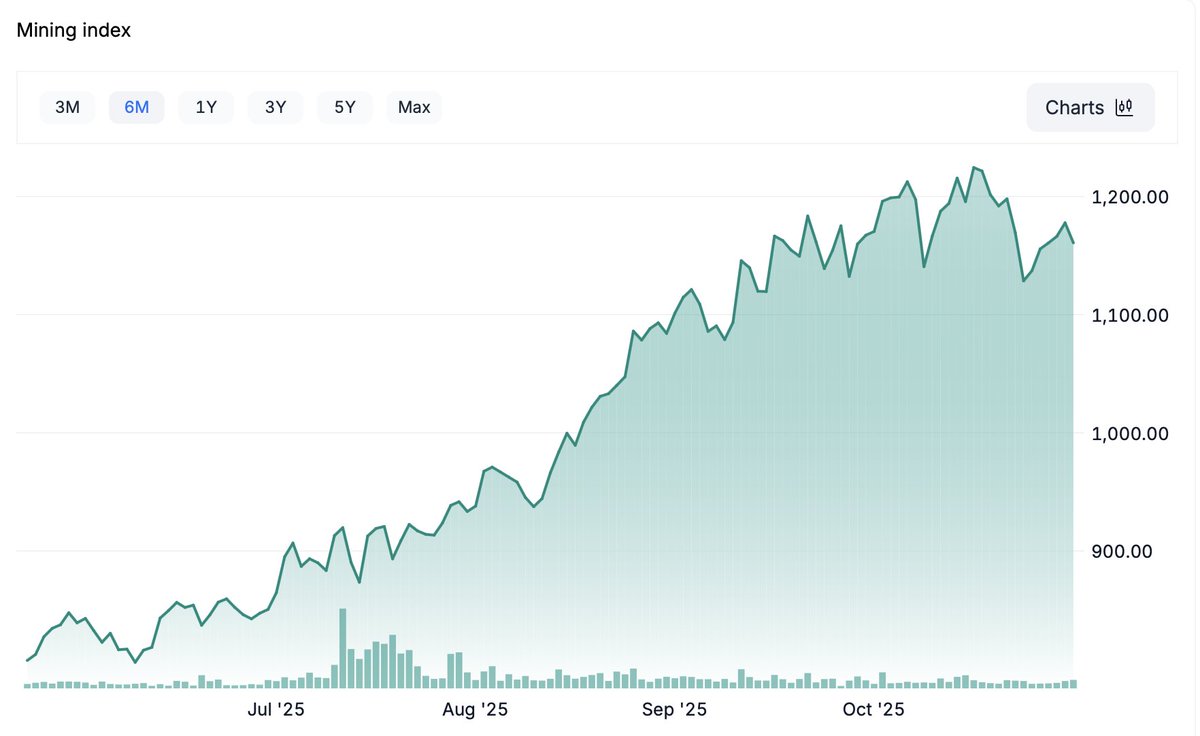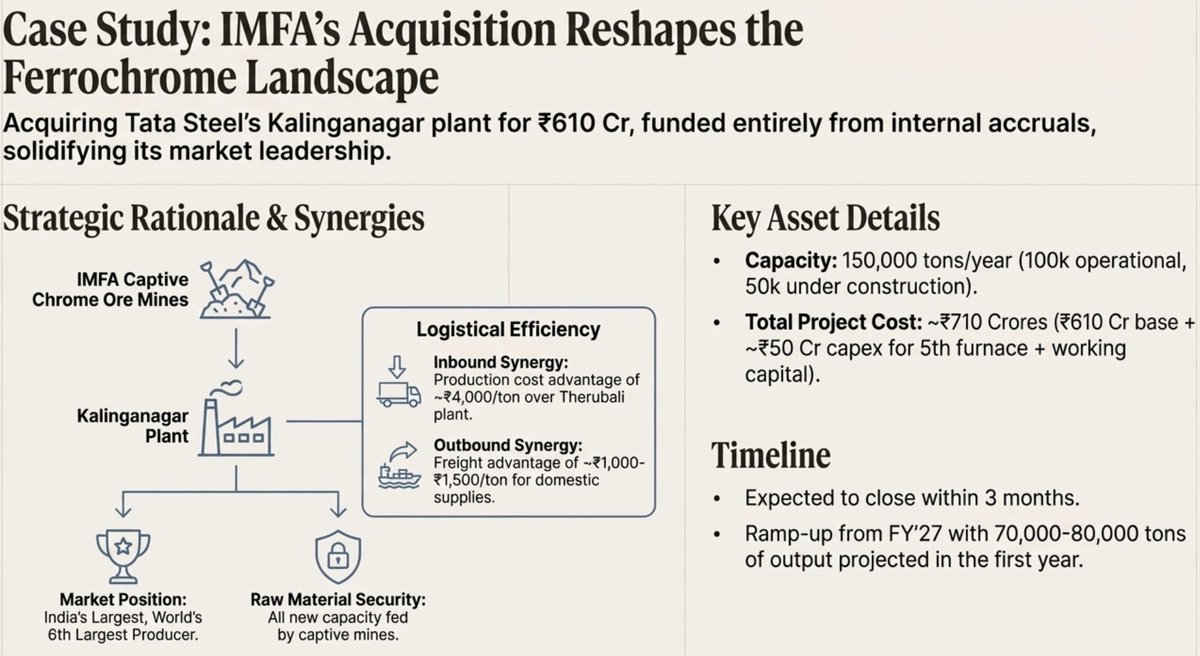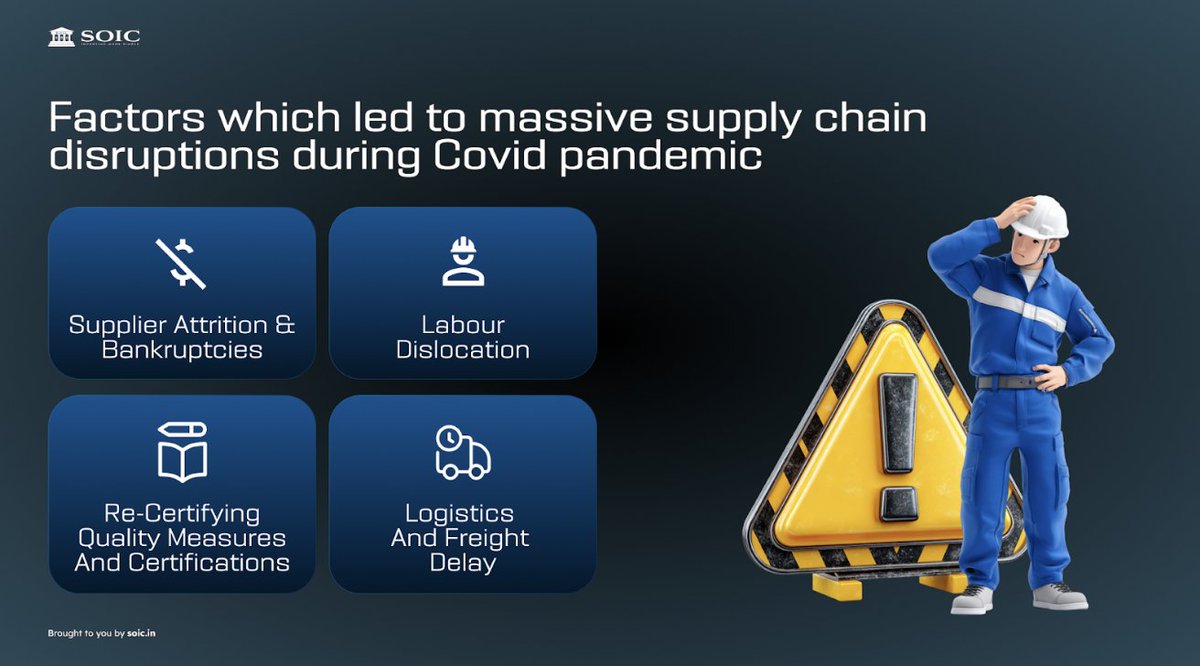How cycles turn?
Gujarat Ambuja exports limited🌽 fell from a peak mutliple of 30 to 10 times. As the maize prices rose due to fall Armyworm infestations etc from Rs14-15 to Rs 24-25 . Since Gael entered into Fixed contracts and is partly a commoditized player, margins fell
Gujarat Ambuja exports limited🌽 fell from a peak mutliple of 30 to 10 times. As the maize prices rose due to fall Armyworm infestations etc from Rs14-15 to Rs 24-25 . Since Gael entered into Fixed contracts and is partly a commoditized player, margins fell
In the maize segment to low single digits. They have consistently made a 15% Roce in this business for the last decade. This was part 1 of the cycle, when the markets perception changed from Growth PE to a steady state mutliple as business experienced headwinds
Part 2- nearly 10% of the industry capacity collapsed as they couldn't bear the hike in RM prices. In terms of competitive scenario, competitive intensity just lessened. Yet it was being valued below 10 times due to uncertainty in the short run.
Part 3- Acreage of the maize increases, farmers plant more and pesticide companies introduce products that control fall Armyworm infestation. As a result of incentive caused bias we soon have a situation which was dire a year ago turns into bumper crop
Part 4- Maize prices fall from Rs25 to Rs 13 and to Rs 10 per kg in some places. One another factor was demand for poultry products fell as rumours were being spread about nonveg and spread of Covid 19. Margin recovery starts happening.
Part 5 and key takeaways: volumes still not back. Margins on a nice path to recovery and Gael has announced a 500 crore capex which will make it a pan India player.
Takeaways: What is good today will be bad tomorrow and what is bad today will be good tomorrow. This is the mantra
Takeaways: What is good today will be bad tomorrow and what is bad today will be good tomorrow. This is the mantra
Of cyclical investing. At 30 times multiple it was being valued for growth, (do read MBs letter on Pe ratios). When a little uncertainty was introduced, growth multiple fell to steady state (assuming no growth). In Cyclicals it often goes below steady state like what happened.
Cyclical business=cyclical stock=cyclical valuations. Have a good hold of the cycle before entering such businesses. Otherwise a notional loss will be converted into a permanent loss of capital. The end.
• • •
Missing some Tweet in this thread? You can try to
force a refresh




















